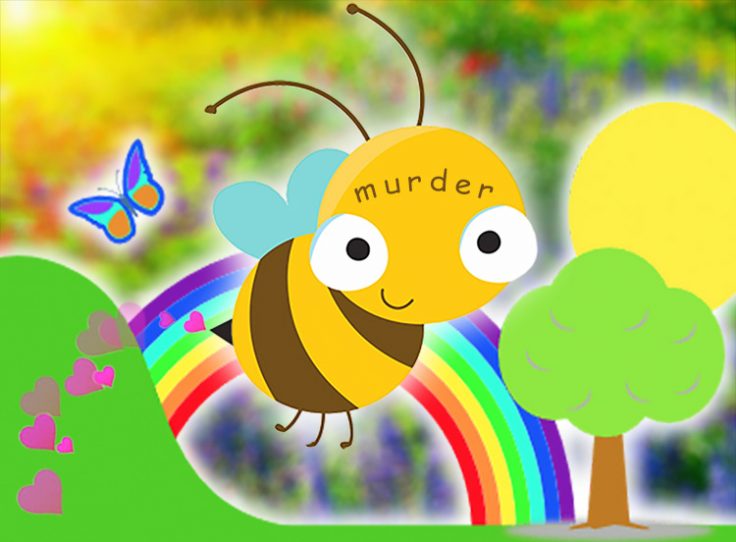Apparently, the U.S. media establishment has learned nothing from the mistakes it made covering the early stages of the coronavirus pandemic—namely, its use of such offensive terms as "Wuhan virus" and "Taiwan," and its suggestion that the virus might have originated in China.
Media reports on the arrival of the "Asian giant hornet"—aka "Murder Hornet"—in North America have been plagued by the same racist fearmongering that tainted the early coverage of the coronavirus.
The New York Post, for example, chose to describe the insect as "Asia's 'murder hornet,'" as if stating the continent of origin will do anything to further the reader's understanding. It goes without saying that for every 10 people who read that headline, at least one will be tempted to murder an Asian person.
Journalists, who are easily frightened, should know better than to suggest that just because something happens to come from Asia and kills people doesn't mean we should all be scared of it. According to the New York Times, the "Asian" hornet can grow up to two inches long. To put that number into perspective, the average American black bear is about 54 inches long. That's 27 times larger than the so-called murder hornet from "Asia."
The Times report includes a fairly gruesome description of how the two-inch hornet allegedly murders its victims, the vast majority of which are honeybees—NOT humans. Sure, the hornets use "mandibles shaped like spiked shark fins to wipe out a honeybee hive in a matter of hours, decapitating the bees and flying away with the thoraxes to feed their young." But journalism is supposed to tell both sides of the story.
The media's rush to portray these honeybees as innocent victims does not hold up to scrutiny. At the very least, the reality is more complicated. "Japanese honeybees defend themselves by swarming the hornets and vibrating their wing muscles," Atlantic science writer Ed Yong explained on Twitter. "This is called 'heatballing.' It raises the temperature and CO2 levels inside the ball. The hornets cook and choke to death."
Proportionate response? Or excessive torture? Maybe the bees started it. Whatever happened to innocent until proven guilty? "Murder" is a loaded term, but "self-defense hornet" or even "manslaughter hornet" wouldn't get as many clicks. As is often the case, the truth takes a back seat to sensationalism. Where is CNN's Brian Stelter when we need him? Oh, right. He's crying.
When it comes to humans, the hornet allegedly murders about 50 people per year in Japan. For context, that's half the number of people who die in the United States from autoerotic asphyxiation, according to Live Science. For further context, the United States military's Japanese body count dwarfs what this tiny hornet has managed to accomplish, but the media tend to omit this fact from their so-called reporting on the subject.
The spike in "murder hornet" content has prompted many journalists and other influencers to make stupid jokes at the maligned insect's expense—partly out of fear but also as a way to build themselves up by putting others down.
'Murder Hornet" is my Anthrax cover band name. https://t.co/Qdr2WqAo6w
— Rick Wilson (@TheRickWilson) May 2, 2020
